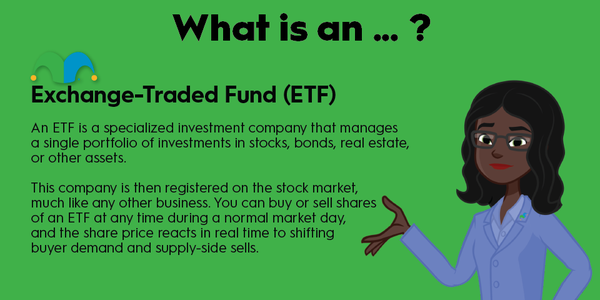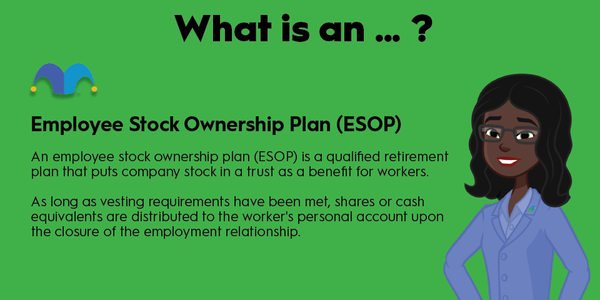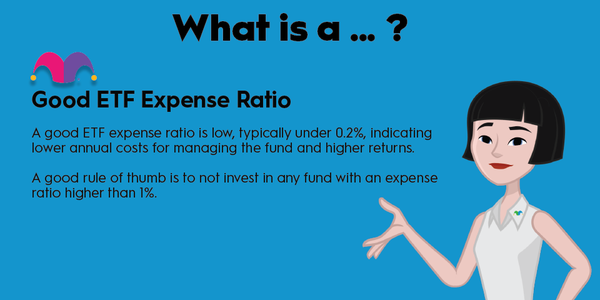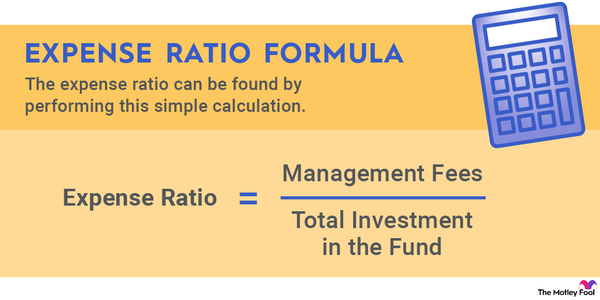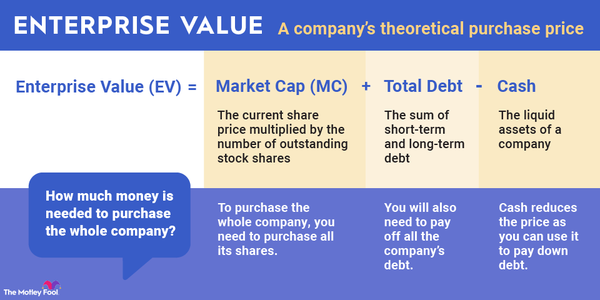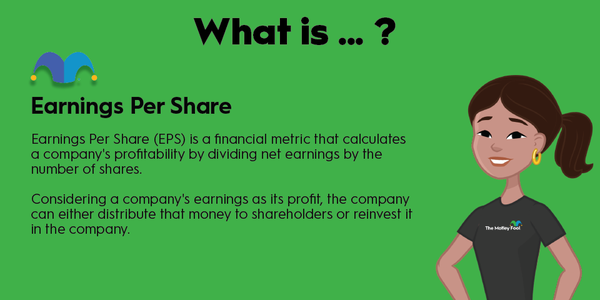There are lots of ways to grow your nest egg with securities investing, but it's important to understand the terminology involved so you know exactly what you're buying or selling. A case in point is ex-rights on stock shares. Learn more about this special stock status inside.

Definition
What are rights offerings?
From time to time, shareholders are offered a chance to participate in something called a "rights offering." This gives them an opportunity to buy even more shares of a specific stock at a discounted price, which can be a great deal if you're confident in the company's performance.
For the company's part, it's a way of raising capital without diluting shareholder interests against their will -- in a rights offering, they agree to buy more and expand the available pool of shares. Generally, the rights offering corresponds to each individual shareholder's current holding, so if they held 3% of the company during a 1-for-1 offering, for example, they could buy another 3% at the discounted price during the rights offering; another shareholder who only held 1% of the shares might only be given access to as much as 1% of the discounted shares.
Rights offerings are time-limited events, so you'll need to decide if you want to buy more shares during the window offered, sell your rights to buy these shares, or ignore your rights entirely. Your shares are said to be ex-rights shares once the rights offering has passed, you've sold your stock rights, or you've exercised the right to buy discounted stocks. In all these situations, the end result is the same -- the stocks no longer have the special stock offering tied to them.
Ex-rights vs. cum rights
Ex-rights versus cum rights
There are two ways that rights offerings are described: ex-rights or cum rights. Ex-rights are a situation where you've already made a decision on your rights offerings and exercised it. That might mean you bought more shares, which do not have a rights offering attached to them; it might mean you sold transferable rights to someone else, and they presumably bought stocks with them, or it might mean you simply waited out the window and let the rights expire.
Cum rights, on the other hand, means that your rights offerings haven't been exercised or expired yet, and you can still make a decision about what to do with them. Because you can often sell these rights to someone else, the shares with cum rights are generally worth more than those with ex-rights.
Estimating the share price
Estimating the theoretical ex-rights share price
Once the rights offering has wrapped up, the price of your stock is likely to change some -- at least, at first. If a lot of stocks were purchased, it's going to cause some dilution of the value of the shares, although they will likely rebound, especially if the rights offering was successful. A lot of buy-in at a discount drives the price down, but it also shows that investors are interested in the stock and have faith in the company.
To estimate the theoretical ex-rights price (TERP), simply add the current market value of all shares that existed before the rights offering to the total funds raised by the rights offering. Then divide by all the shares, including the new shares, on the day the rights offering is wrapped up. That looks like this:
TERP = (Existing Total Shares Value + Funds Raised By Rights Offering) / Total Shares on Expiration of Rights Offering
So, if the 10 million total existing shares were worth $20 million when the rights offering took place, and an additional $5 million were sold during the rights offering, which also happened to be 5 million shares, you now have 15 million shares worth a total of $25 million. This makes the new estimated stock price $1.67 per share, down from the original $2 per share before the rights offering.
TERP = ($20 million + $5 million) / (10 million shares + 5 million shares)
= $25 million / 15 million shares
= $1.67 / share
Related investing topics
Why they matter
Why rights offerings matter to investors
For investors, a rights offering is a great way to buy more shares at a deep discount without having to try to time the market or hope for a market crash. These rights offerings often take place on the backdrop of an already healthy market, so the stocks that you buy with your rights offerings can almost immediately gain significant value once the rights offering ends.
Of course, you can also sell the rights to make these buys on the open market, which can put more cash in your coffers for doing absolutely nothing. That's more cash for investment, or, since it's basically found money, you can buy yourself something nice (but you will need to pay taxes on that realized gain, so don't spend it all in one place).
Rights offerings don't happen every day, but when they do, they're a golden opportunity for investors to add to their portfolios in one way or another.
